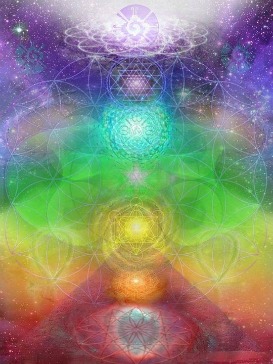

68–69) realizes that the photographic image cannot be reduced to the object portrayed or to the image of the person reproduced. Every time we establish codes or references, we realize that they cannot fully account for the image. Whenever we want to understand them through concepts from other areas, we lose sight of them. It is possible to identify in this statement some of the problems we face when seeking to define the image and, thus, find a field to understand it: we end up placing the discussion in binary distinctions that come from language, such as rational and irrational, logical and illogical. 41) concedes to feeling the attraction to what we call the ontology of the image – meaning the idea that the image has something non-linguistic that is beyond logic and language.

However, what prompts us to rise to this level of certainty regarding this object that gives us this paradoxical experience? Elkins (, p. Such an explanation comes in the form of a speech – that is the historian’s or art critic’s discourse, the one who sets himself up as the knower of art. Nevertheless, those unsatisfied with this paradoxical experience need an explanation. When presenting the issue that prompted him to write this book, the author refers to the experiences of whoever lays eyes on a work of art: the experience is that of a paradox because, despite unclear and indistinct, what we see is simultaneously evident. Questions posées aux fins d’une histoire de l’art. Visibility cannot be reduced to what is merely apparent, since it is also related to invisibility.ĭidi-Huberman explores this theme in Devant l’image. We learn from images, though it is necessary to distinguish between seeing and looking. 23) that thought, in paintings, is within images. If meaning is intrinsic to images, how is it added into it? Marie-Jose Mondzain states (in, p.

Images, on the other hand, seem to form a rudimentary system that resists meaning. However, in semiotics, language is just spoken or written language because of the way in wich it is articulated. If we consider that the language-based thought system operates differently from image reading, we will come to think of that question as not valid. 32) wonders if an image is not a simple agglutination of symbols or if it produces a system of signs. For an image presents us with something to be seen and looked at, about which we formulate a thought. One of the issues at hand when tackling the possibility of discourse on images is their relationship with thought and with seeing or looking. In addition, in an attempt to explain them, the discourse overlaps the images. That is something often difficult to establish because such theories lead us to articulate discourse and image. When considering images, the first problem is to identify the theory of images that best define them.


 0 kommentar(er)
0 kommentar(er)
